Dec 07, 2025
A pneumatic cylinder is an actuator that uses compressed air to generate mechanical motion. It can convert the energy of compressed air into linear motion or force output, enabling a variety of mechanical actions such as pushing, pulling, clamping, and positioning, making it an essential component in modern industrial applications.
Understanding the components of a pneumatic cylinder is crucial for proper selection, installation, maintenance, and troubleshooting. While different types of cylinders may have variations in internal structure and operating methods, the core components are generally the same. Mastering the functions and characteristics of these components helps engineers and technician.
A pneumatic cylinder consists of multiple key components that work together to convert compressed air energy into mechanical motion, achieving linear reciprocating movement. The main structures are as follows:
The cylinder tube is the main body of the cylinder, designed to house the piston and maintain airtightness.
Common materials: aluminum alloy, stainless steel, chrome-plated carbon steel, etc.
The surface is usually treated with hard anodizing to improve wear resistance.
The piston moves back and forth inside the cylinder tube, converting air pressure into mechanical thrust.
The outer circumference of the piston is equipped with seals to prevent air leakage.
The piston rod connects the piston to external loads, transmitting the linear motion of the piston.
The surface is usually hard-chrome plated or made of stainless steel to enhance strength and corrosion resistance.
The front cover guides the piston rod and holds the seals.
The rear cover seals the other end of the cylinder and provides mounting points.
Both end covers usually include air inlet/outlet ports.
Includes:
Piston Seal
Rod Seal
Wiper Seal
Static Seal (O-ring)
Function: maintain airtightness, prevent air leakage, and extend cylinder life.
Installed in the front end cover to support the piston rod, ensuring straight-line motion precision and reducing wobble and wear.
Includes:
Cylinder base threads
Flange
Trunnion
Foot bracket
Mounting holes
Used to secure the cylinder to equipment.
Cylinders with adjustable cushioning slow down at the end of the stroke to prevent impact.
Typically includes an adjustable cushion needle valve.
Used with magnetic switches (magnetic sensors) to detect the piston position.
Usually embedded inside the piston.
The air inlet or outlet at the front and rear of the cylinder (e.g., G1/8, G1/4, NPT).
Used to connect the cylinder to air tubing or solenoid valves.
Includes:
Male/Female threads
Rod Eye
Clevis Joint
Ball Joint
Function: used to connect actuators or external loads.
Double-acting: Both extension and retraction rely on air → air ports on both ends.
Single-acting: One side powered by air, the other returns via a spring → only one air port, internal spring.
Key difference: single-acting cylinders have a spring inside, double-acting do not.
Magnetic cylinders: piston embedded with a magnet.
Used with magnetic switches to detect piston position.
Key difference: magnetic cylinders have an internal magnet and a sensor slot on the cylinder body.
Compact cylinders have a shorter stroke and piston rod, with more integrated end covers.
Cylinder body may be an aluminum extrusion rather than a round tube.
Key difference: cylinder body structure (extruded vs conventional round tube).
This type has the greatest structural difference.
Magnetic Coupling Type: transmits motion via magnets, no rod or rod guide.
Mechanical Coupling Type (with slide): uses a slot and a slide to drive the load.
Key difference: no piston rod; instead, has a slide or mechanical transmission.
Not linear motion; output is rotational.
Structure includes:
Vane or rack-and-pinion
Rotor
Output shaft
Key difference: motion type (rotational vs linear).
Our company mainly provides a wide range of pneumatic products, including cylinders and various compatible cylinder components, pneumatic tubes, and pneumatic fittings. With decades of experience in overseas export and manufacturing, we welcome your inquiries.
You May Interest In

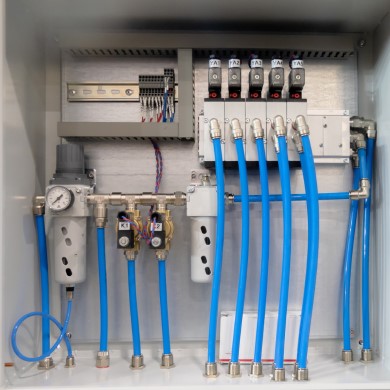
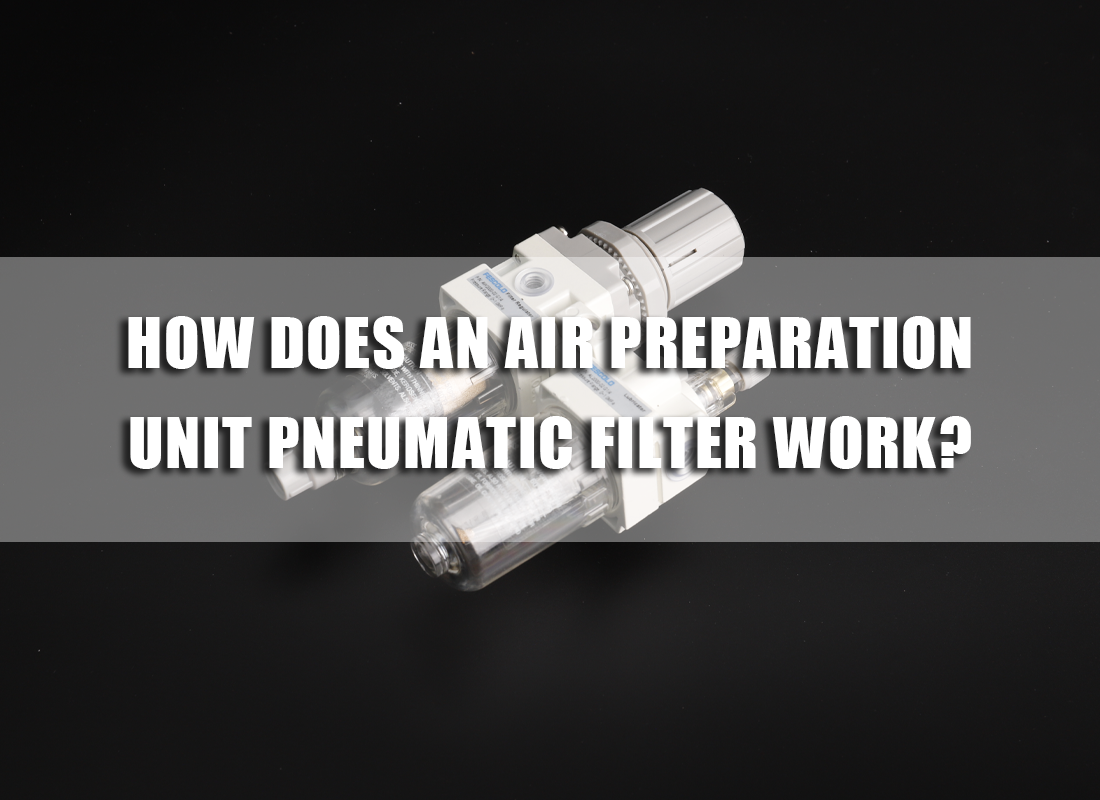

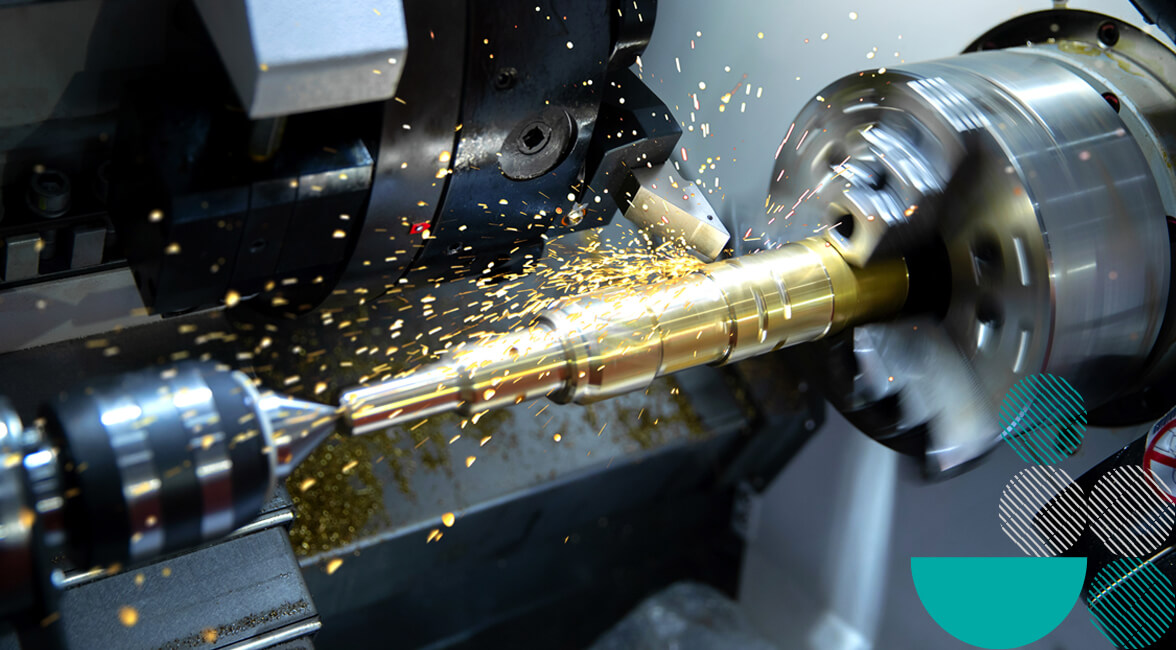
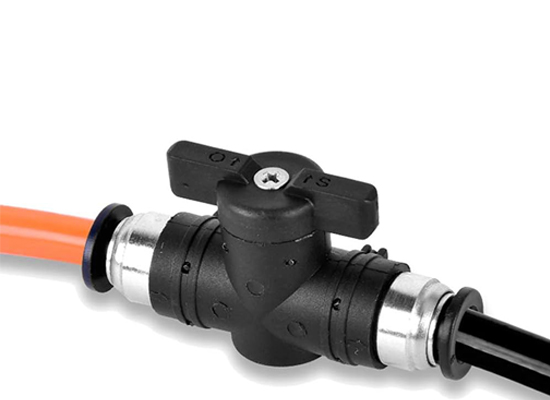
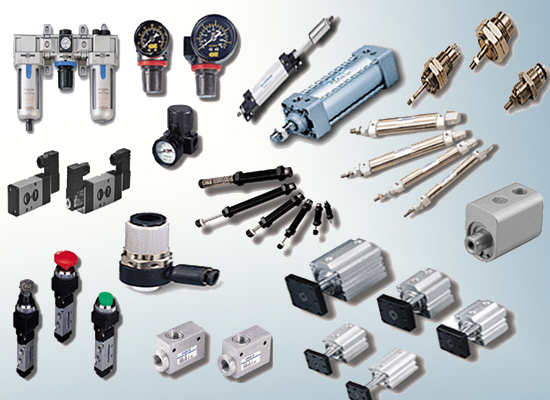
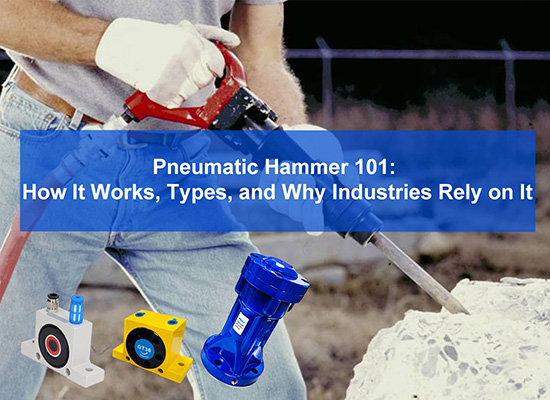

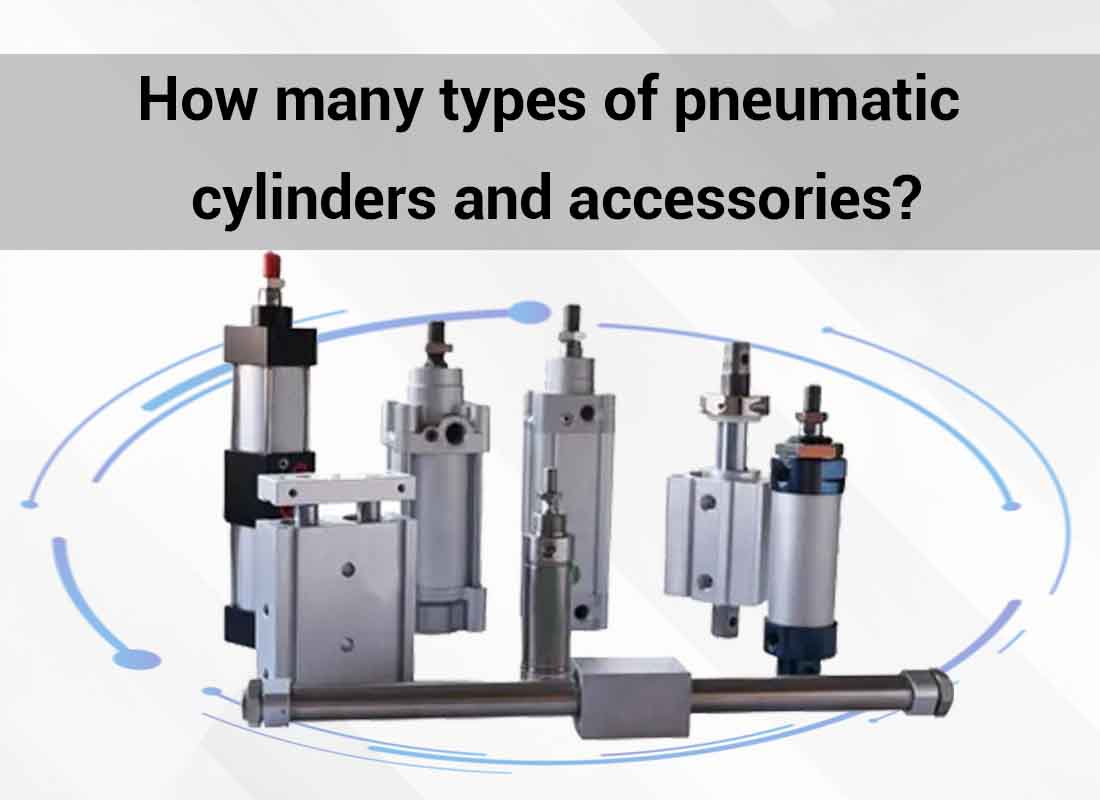
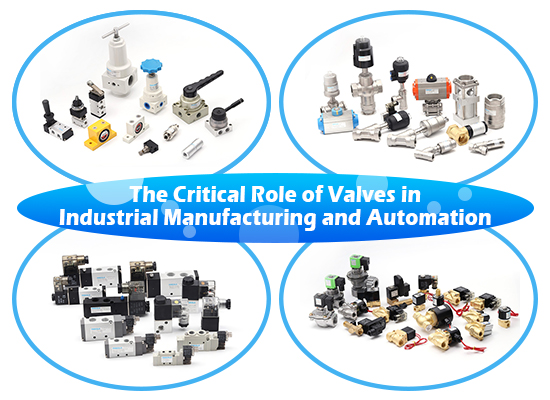
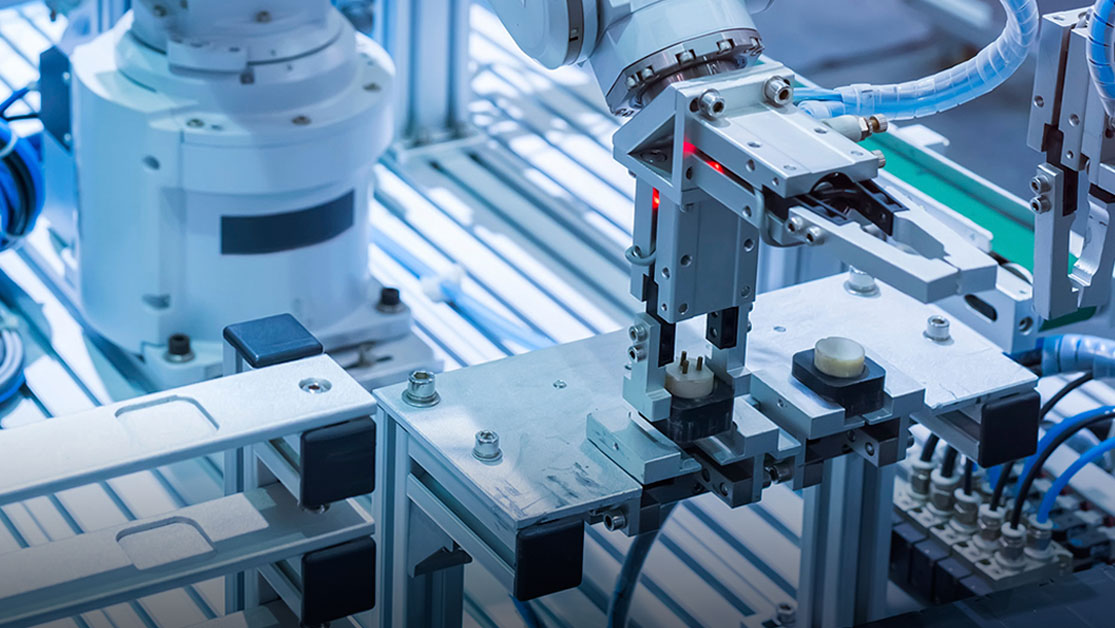
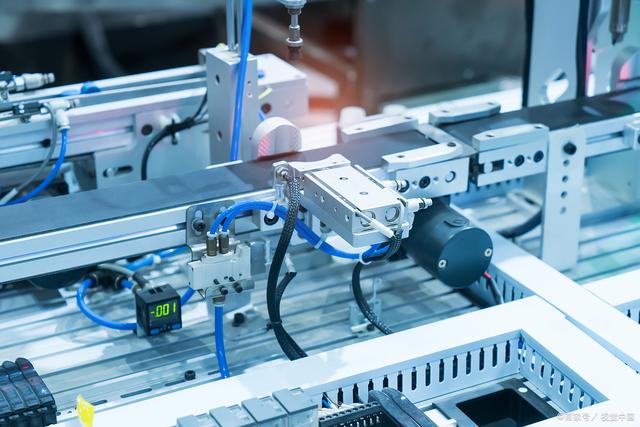
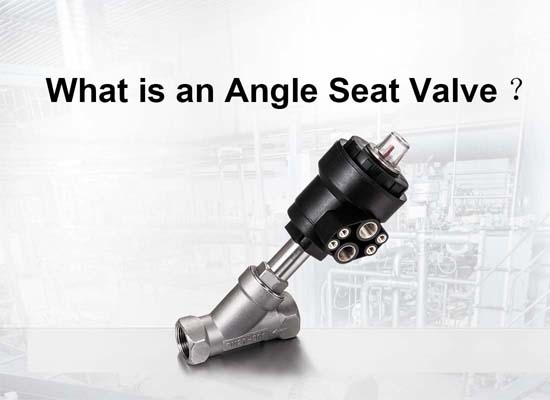
Apr 18, 2025 Blog
What is an Angle Seat Valve?Links: www.fescolo.com(Pneumatic)
FOKCA ©1998-2025 All Rights Reserved Sitemap